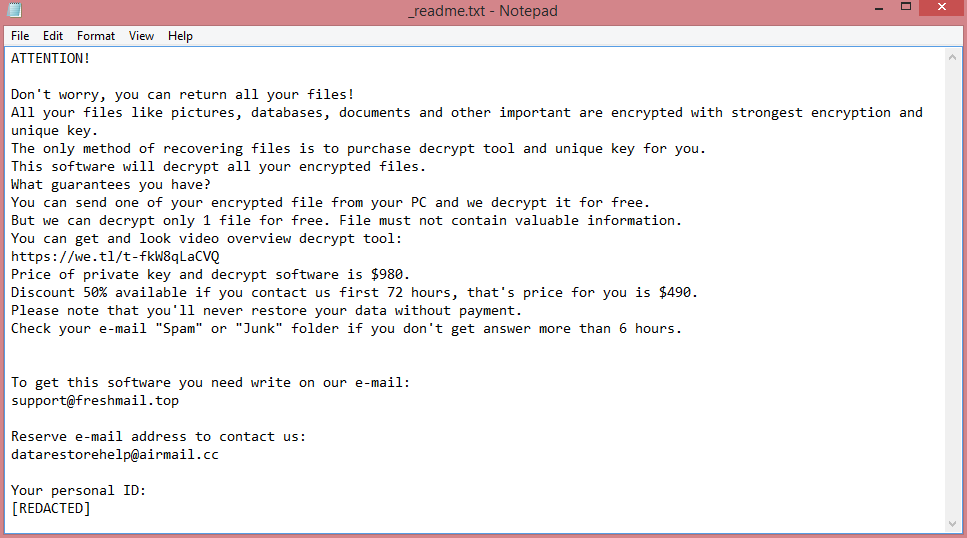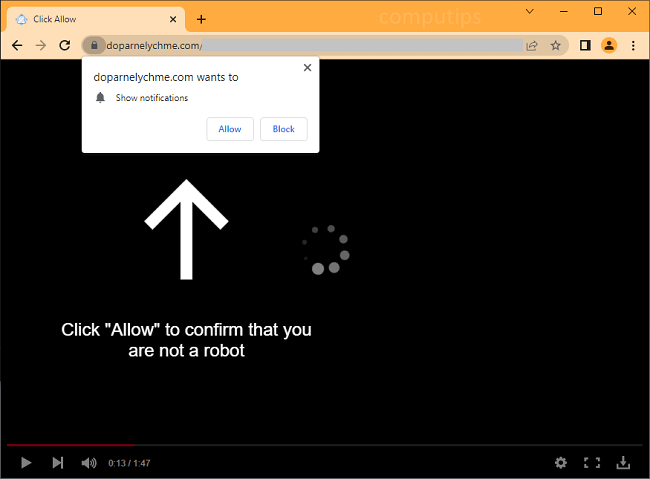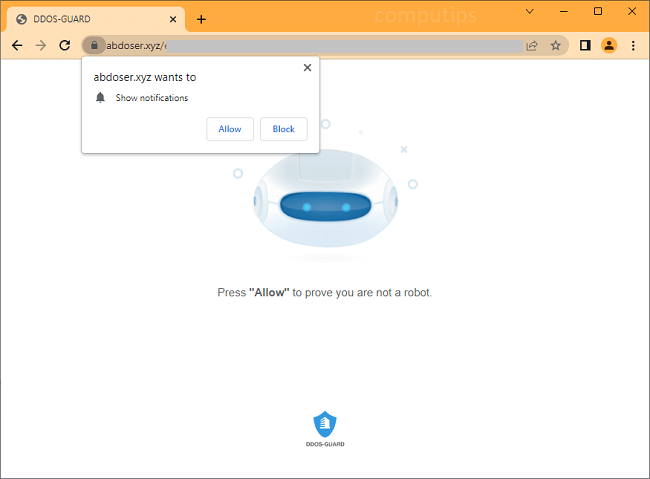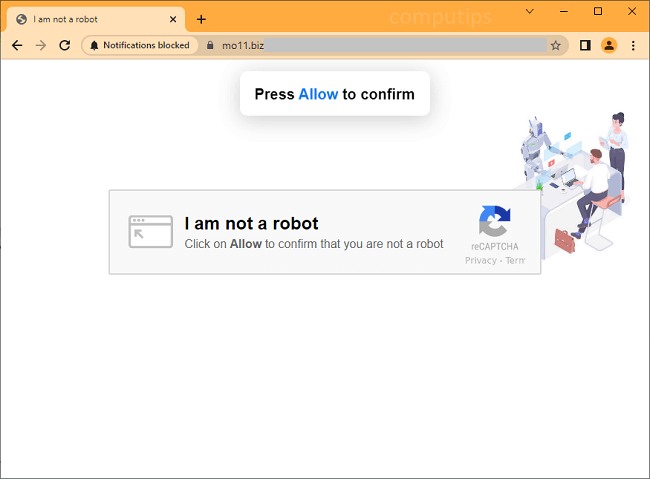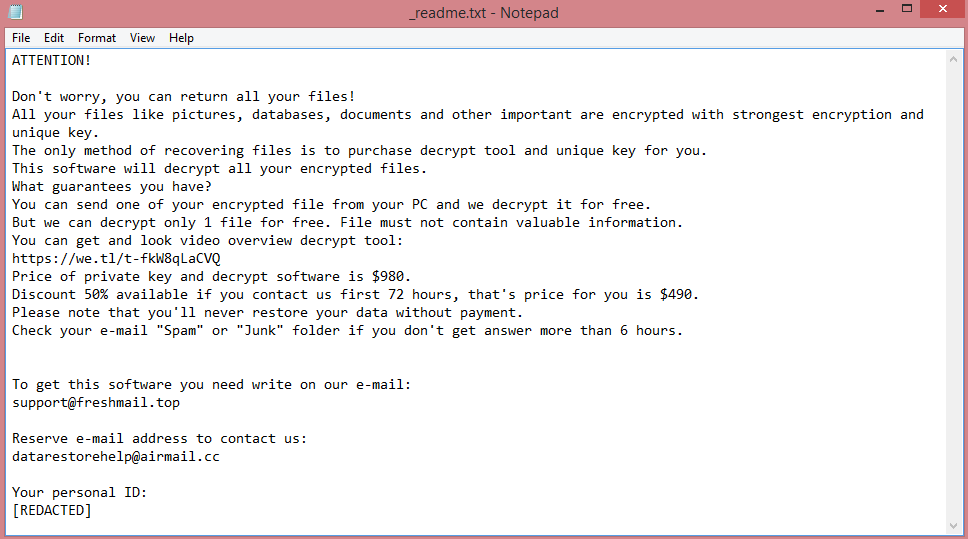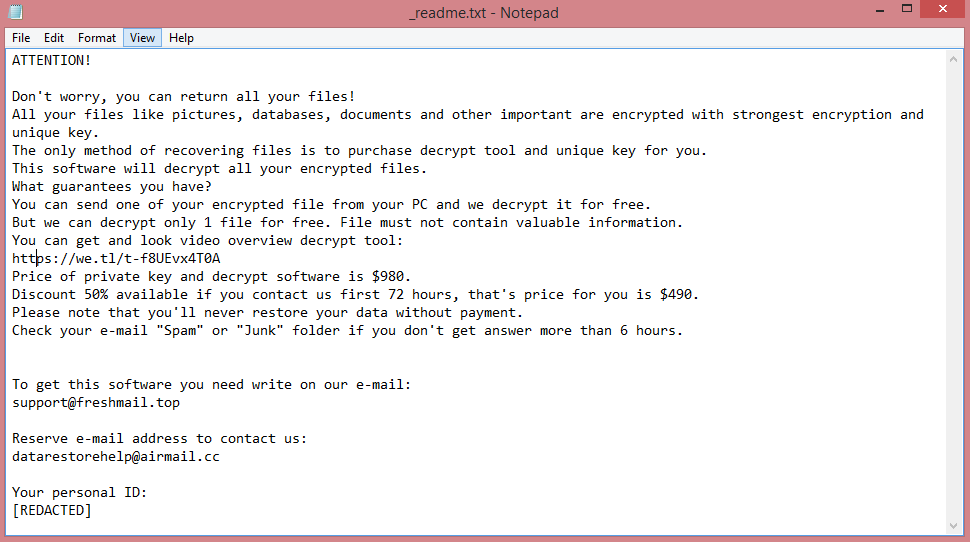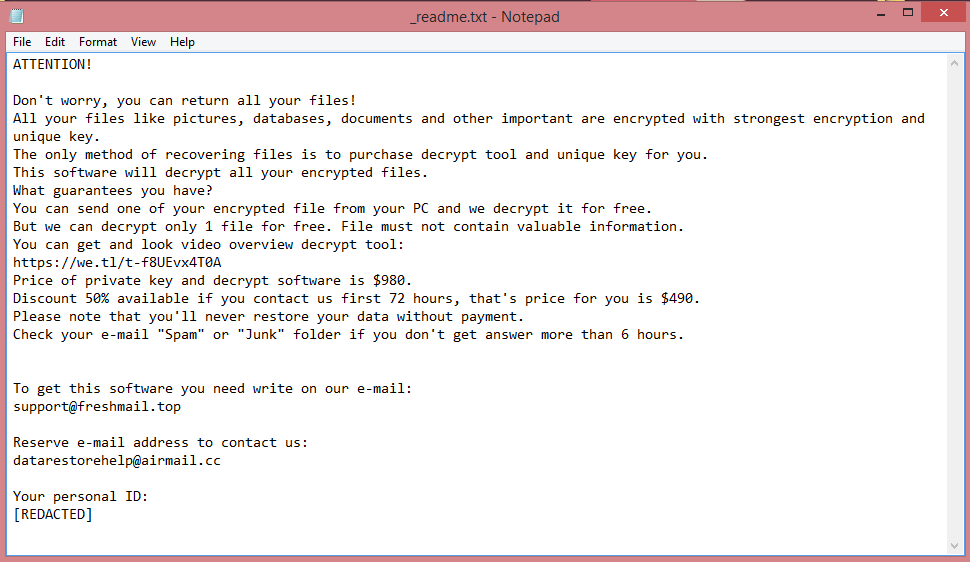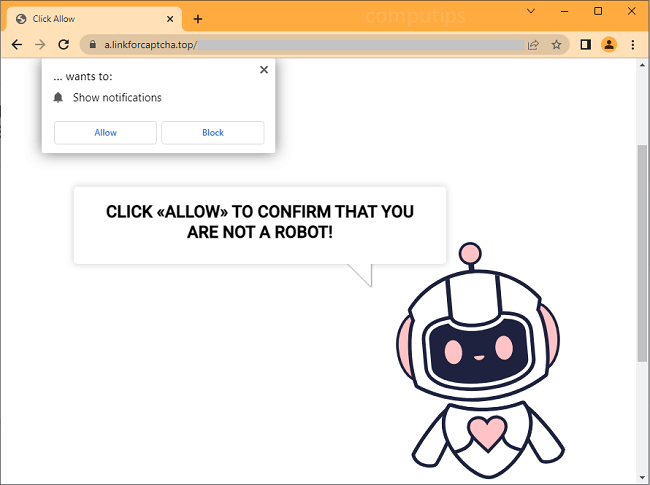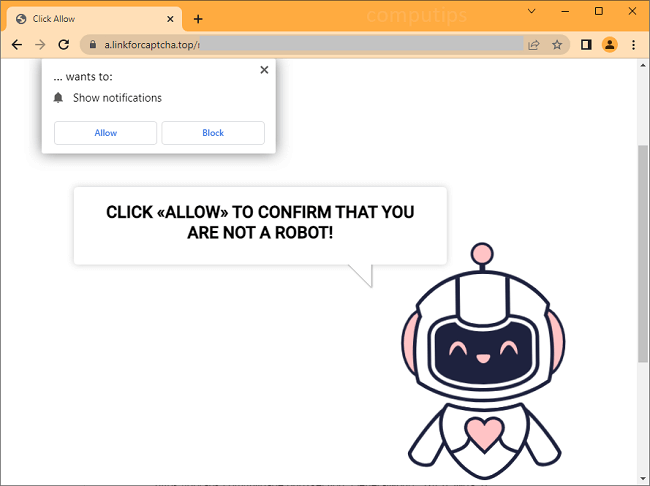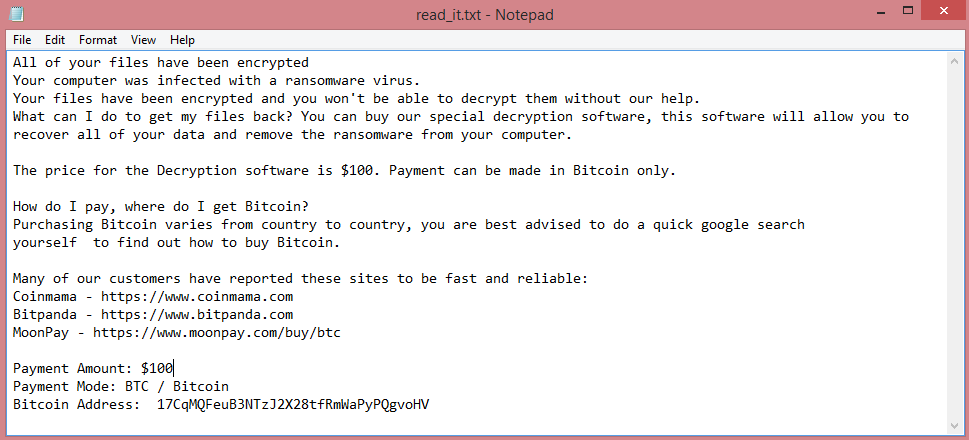
What is Sus ransomware?
Sus is a new malware program. Specifically, it is a ransomware; a virus that encrypts all files on a computer and demands money for decrypting them. It belongs to the Chaos ransomware family.
Files encrypted by this virus receive .sus file extension, providing an easy way to identify the malware. In practice, this means that a file named “picture.jpg” would be called “picture.jpg.sus” after encryption. In File Explorer, these files would show up as having “SUS File” type.
After encrypting the files and renaming them, Sus virus creates a ransom note, a text file called “read_it.txt”. This file contains the hackers’ demands and their BitCoin wallet address. The demands are very simple: one hundred US dollars, paid in BitCoin. However, it contains no contact information.
We strongly advise you not to pay the ransom. Without any way to communicate with the hackers, there’s no way for you to receive any decryption program, either. Chances are, you will not get your files back even after payment. This is why you should follow our guide instead. It will explain how to remove Sus ransomware and decrypt .sus files.
